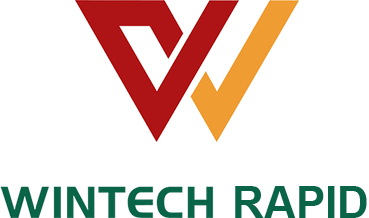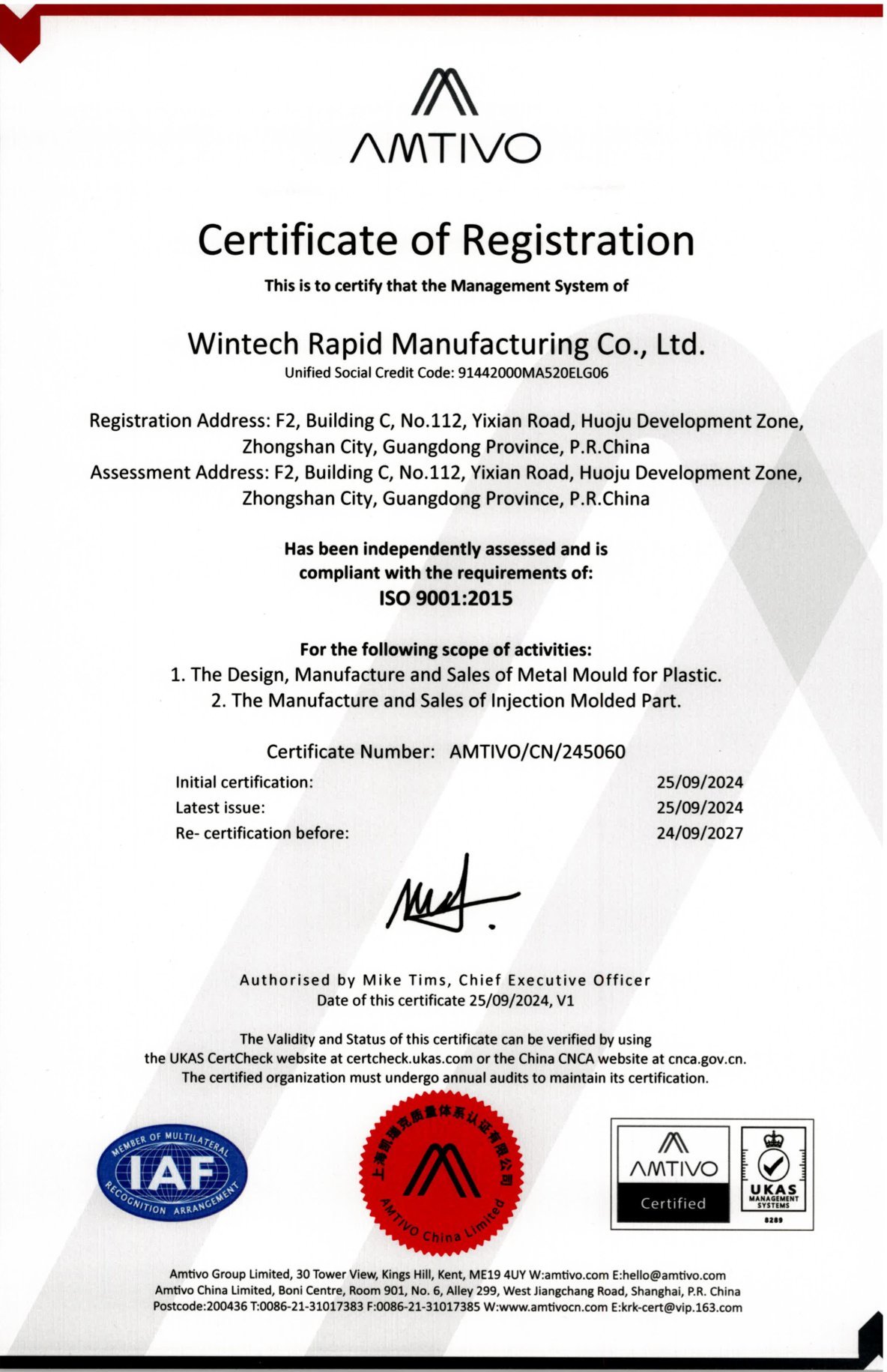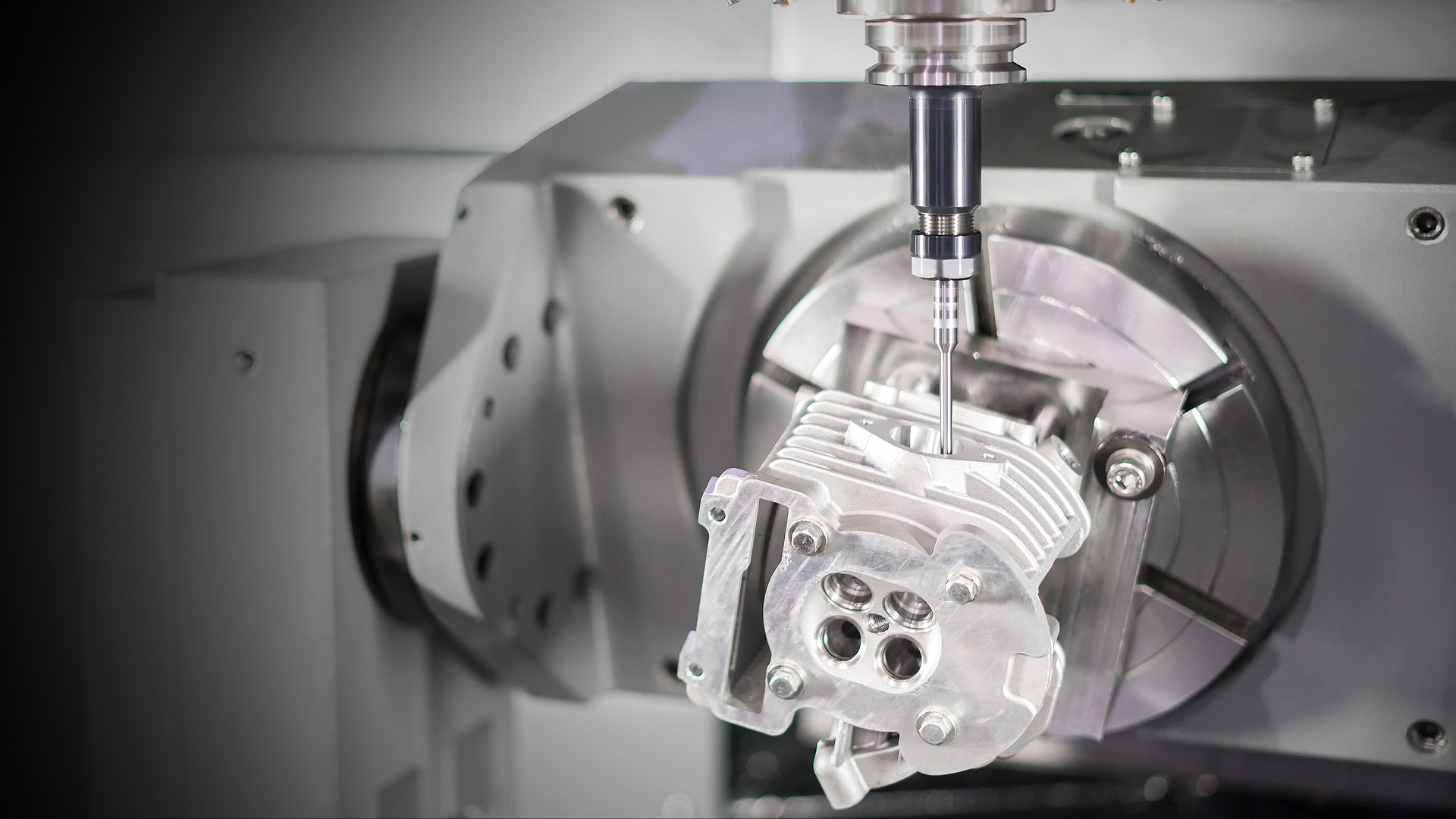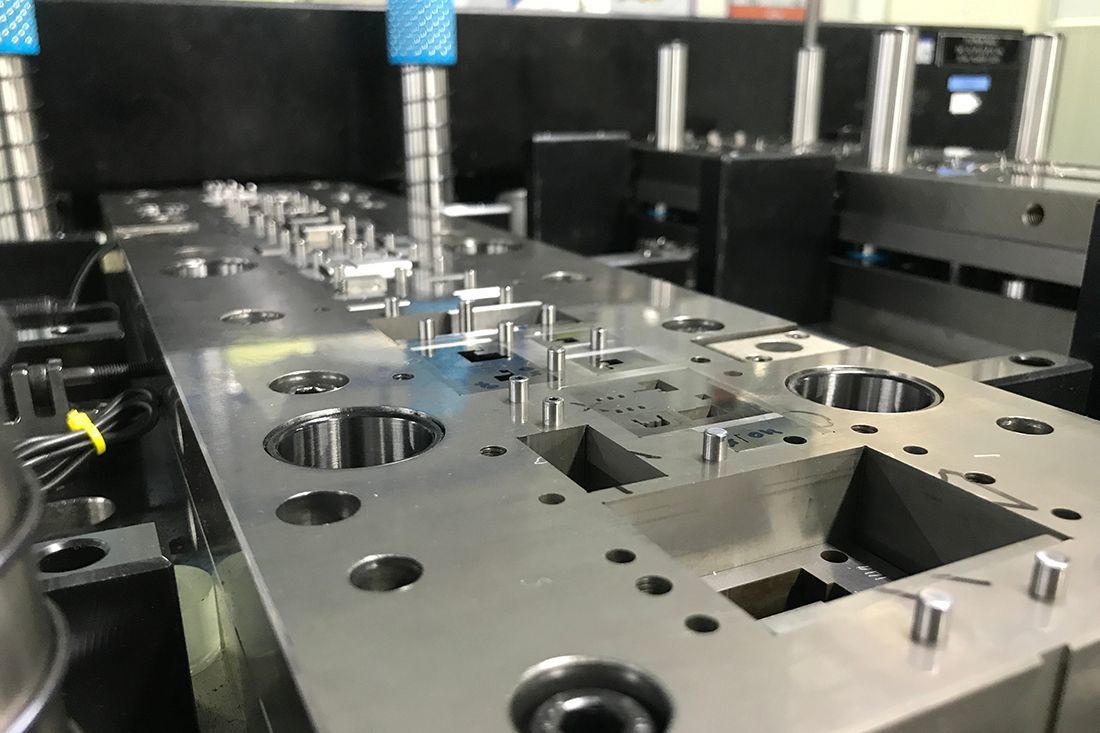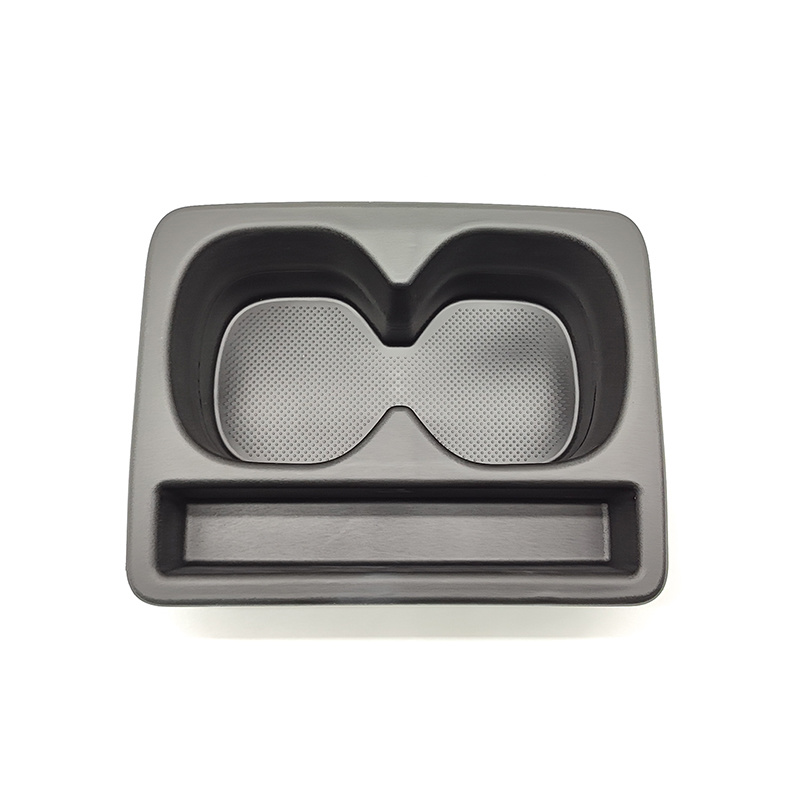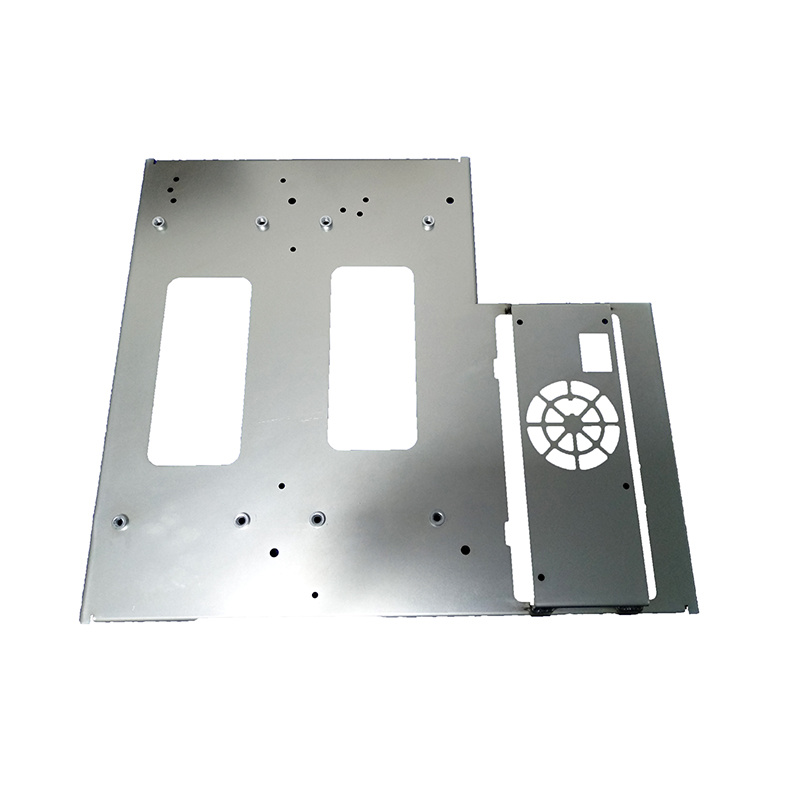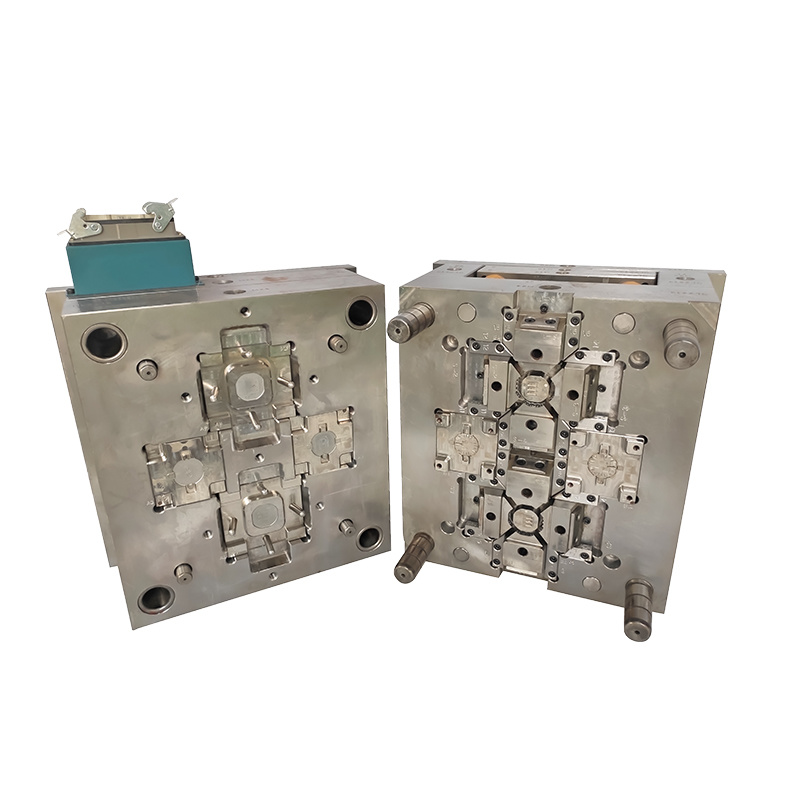Unlocking Efficiency: The Advantages of Rapid Tooling Injection Molding
Time:
2025-07-17 14:20
Source:
Rapid tooling injection molding is a process that combines traditional injection molding techniques with advanced rapid prototyping technologies. This method is particularly beneficial for industries requiring quick turnaround times and high-quality production, such as automotive, consumer goods, and medical devices. By utilizing rapid tooling, manufacturers can create molds quickly and efficiently, significantly reducing the time typically required for mold development.
One of the primary benefits of rapid tooling injection molding is its ability to shorten lead times dramatically. Traditional molding processes often involve lengthy design and production phases, which can take weeks or even months. In contrast, rapid tooling can produce molds in a matter of days. This accelerated pace allows companies to respond swiftly to market demands and customer needs, providing a competitive edge in today’s fast-moving marketplace.
Additionally, rapid tooling enables the creation of prototypes that closely resemble the final product. This accuracy is essential for testing and validation, as it allows companies to identify any potential design issues before full-scale production begins. Early detection of problems can save significant costs and time, as adjustments can be made during the prototyping phase rather than after production has started.
Moreover, the materials used in rapid tooling can accommodate a wide range of applications, from low-volume parts to more complex geometries. Often made from aluminum or durable polymers, these molds can withstand multiple injection cycles, making them suitable for production runs of varying lengths. This versatility is particularly advantageous for manufacturers looking to test new products or explore niche markets without committing to expensive, long-term tooling solutions.
Cost-effectiveness is another reason why companies are increasingly turning to rapid tooling injection molding. The reduced lead times and lower initial investment in tooling can lead to significant overall cost savings, especially for small to medium-sized enterprises. This method allows companies to produce high-quality parts at lower costs without sacrificing quality or performance.
In conclusion, rapid tooling injection molding is reshaping the landscape of plastic manufacturing. By offering faster production times, improved accuracy, and cost efficiencies, this innovative technique empowers manufacturers to meet the demands of a dynamic market. As industries continue to evolve, embracing rapid tooling could be the key to staying ahead in the competitive manufacturing arena.
One of the primary benefits of rapid tooling injection molding is its ability to shorten lead times dramatically. Traditional molding processes often involve lengthy design and production phases, which can take weeks or even months. In contrast, rapid tooling can produce molds in a matter of days. This accelerated pace allows companies to respond swiftly to market demands and customer needs, providing a competitive edge in today’s fast-moving marketplace.
Additionally, rapid tooling enables the creation of prototypes that closely resemble the final product. This accuracy is essential for testing and validation, as it allows companies to identify any potential design issues before full-scale production begins. Early detection of problems can save significant costs and time, as adjustments can be made during the prototyping phase rather than after production has started.
Moreover, the materials used in rapid tooling can accommodate a wide range of applications, from low-volume parts to more complex geometries. Often made from aluminum or durable polymers, these molds can withstand multiple injection cycles, making them suitable for production runs of varying lengths. This versatility is particularly advantageous for manufacturers looking to test new products or explore niche markets without committing to expensive, long-term tooling solutions.
Cost-effectiveness is another reason why companies are increasingly turning to rapid tooling injection molding. The reduced lead times and lower initial investment in tooling can lead to significant overall cost savings, especially for small to medium-sized enterprises. This method allows companies to produce high-quality parts at lower costs without sacrificing quality or performance.
In conclusion, rapid tooling injection molding is reshaping the landscape of plastic manufacturing. By offering faster production times, improved accuracy, and cost efficiencies, this innovative technique empowers manufacturers to meet the demands of a dynamic market. As industries continue to evolve, embracing rapid tooling could be the key to staying ahead in the competitive manufacturing arena.
rapid tooling injection molding
Previous Page
Previous Page
Related news
2024-11-15

